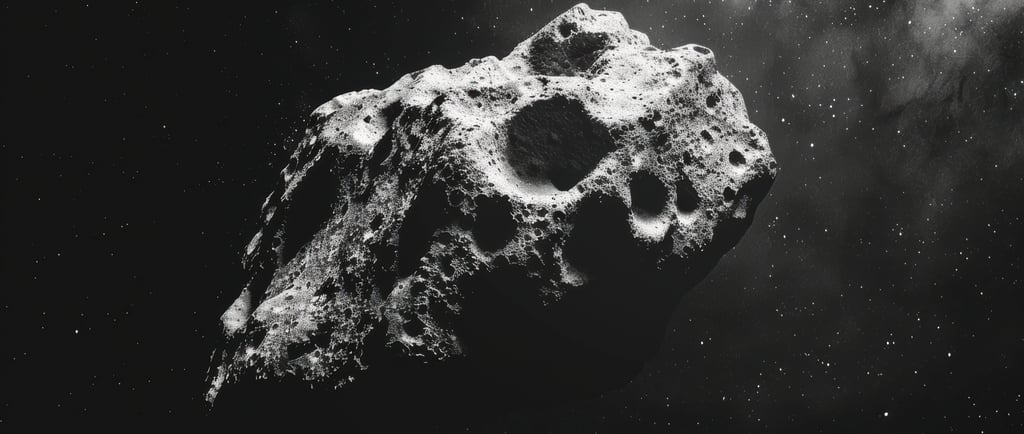The Rosetta Misson: Churyumov-Gerasimenko Asteroid


Introduction to Churyumov-Gerasimenko
The Churyumov-Gerasimenko asteroid, also known as 67P, is an intriguing celestial body that continues to captivate the interest of astronomers and space enthusiasts alike. Discovered in 1969 by Soviet astronomers Klim Churyumov and Svetlana Gerasimenko, this comet orbits the Sun every 6.5 years and is known for its peculiar shape resembling a rubber duck, consisting of two lobes. Since its discovery, the asteroid has been the focus of numerous studies, especially after the European Space Agency's Rosetta mission arrived at 67P in 2014, providing unprecedented insights into its composition and behavior.
The Significance of the Rosetta Mission
The Rosetta mission marked a historic milestone in the exploration of comets, serving as the first spacecraft to orbit and land on a comet's nucleus. The mission not only aimed to study the Churyumov-Gerasimenko asteroid but also sought to unravel the mysteries of the early solar system. The data collected by Rosetta and its lander, Philae, has transformed our understanding of comets as time capsules containing pristine material from the formation of the solar system. By examining the chemical composition of 67P, scientists aim to glean insights into the origins of water on Earth and the building blocks of life.
Composition and Characteristics
The Churyumov-Gerasimenko asteroid has a complex structure and features that make it unique among comets. Its surface is covered with dust, ice, and organic molecules, which contribute to the comet's diverse features such as cliffs, pits, and smooth areas. Notably, the presence of amino acids and other organic compounds found on 67P raises intriguing questions about the potential for life beyond Earth. Furthermore, the asteroid's rotation creates a variety of seasonal changes; as it approaches the Sun, its surface undergoes sublimation, releasing gas and dust into space, resulting in the formation of its distinctive coma and tail.
Future Exploration and Research
The ongoing interest in the Churyumov-Gerasimenko asteroid has prompted scientists to propose follow-up missions for further exploration. The insights gained from the Rosetta mission will guide future studies, offering new opportunities to explore its physical properties, monitor its activity, and continue investigating the role of comets in the solar system's evolution. As technology advances, scientists remain optimistic about deepening our understanding of churyumov-gerasimenko and other celestial bodies, potentially unlocking secrets that could illuminate the history of our own planet.
In conclusion, the Churyumov-Gerasimenko asteroid holds immense scientific significance, not only as a target for space exploration but also as a doorway to understanding the solar system's past. The studies conducted by Rosetta have set a benchmark for ongoing and future research, laying the groundwork for unraveling the mysteries that comets such as 67P hold.
